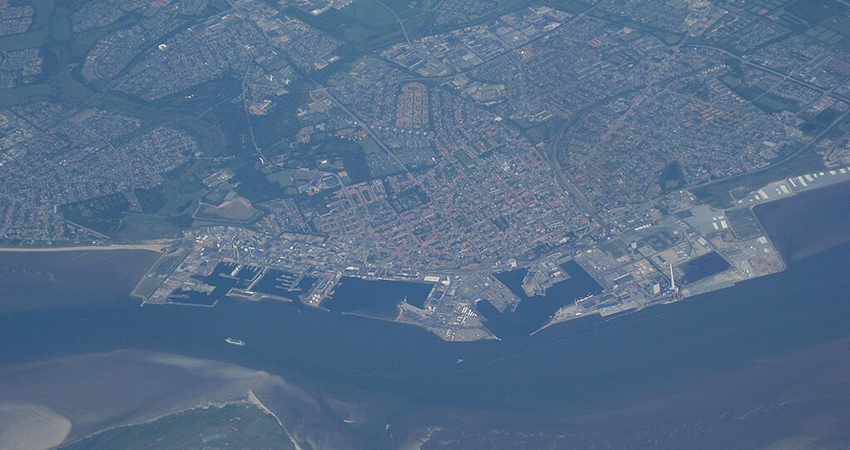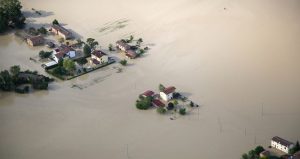Denmark invests in coastal protection after 2023 floods

-
Editorial Team
Share article:
The Danish government invests 20 million euro (150 million Danish kroner) in coastal protection. These investments follow severe floods last year. The cities of Juelsminde, Køge and Esbjerg received a commitment from the Coastal Directorate to support their protection projects. Minister of Environment Magnus Heunicke emphasized the need to build more natural dunes, dikes, barriers and canal locks.
Heunicke highlighted municipal solutions as the way forward. “The storm surge in October was very extreme,” he said to Courthouse News Service (CNS). “The funding does not solve the whole challenge of flooding and erosion and the protection of our values along the coasts, but it is a good contribution. At the same time guidance for the municipalities is needed. They have to find out how coastal protection can best be designed in relation to local challenges, so that we achieve the best adaptation to future climate change.”
High water wall
The Køge Dige project will safeguard against a 100-year incident by 2100, with a high-water wall. The city’s coastal area has been designated as a risk area for flooding; at the end of this century it is expected that Køge will have a water level that is approximately 2.8 metres higher than the current average. More European countries are considering new coastal protection projects in the North sea.
Mayors call for coastal protection Denmark
Mayors from smaller towns south of Copenhagen have collectively called for better protection of the capital area, as the storms could have easily damaged ‘housing, infrastructure worth billions, cultural heritage and life and health for city residents’, CNS reported. Local politicians from Jutland, the western part of Denmark, where mid-sized towns risk flooding from the North Sea, also called for more financial support from the government.
More space to inland water
According to Birgitte Hoffmann, lecturer at Copenhagen University’s Institute for Sustainability and Planning, Denmark will face more and bigger storms in the near future. “The changes are related to climate change, and we have become more vulnerable. It is necessary to give more space to the water inland and lay out areas that can serve as barriers when the water hits,” she said.
Violent storms
Just before Christmas 2023, a low-pressure storm named Pia hit Denmark, with wind speeds of 157 km/h, raising water levels around several mid-sized towns with its hurricane-force winds. It followed a number of violent storms to strike the country of 5.9 million inhabitants last year. This February, tidal flooding returned to parts of the country.
Denmark low level country
After being hit with record precipitation, severe flooding, and high tides, in 2023, experts warned that the country with the second-lowest altitude in Europe, after the Netherlands, had ‘become more vulnerable’ due to climate change. The total of 972.7 millimeters of rain — the highest since official records began in 1874 — came despite drought in that spring and early summer. Last year saw 25% more precipitation than normal and follows levels breaching 900mm twice in the past decade: in 2015 and 2019.
Citizens evacuated in 2023
In October 2023, authorities told locals in southeastern Denmark to evacuate their homes, as a storm-driven tidal surge hit from the east. Traditionally, Danes have settled close to the sea. It is now clear that the country’s infrastructures are vulnerable to increasing sea levels and storms, which became patently evident in 2023 as several damaging floods swamped coastal zones.














